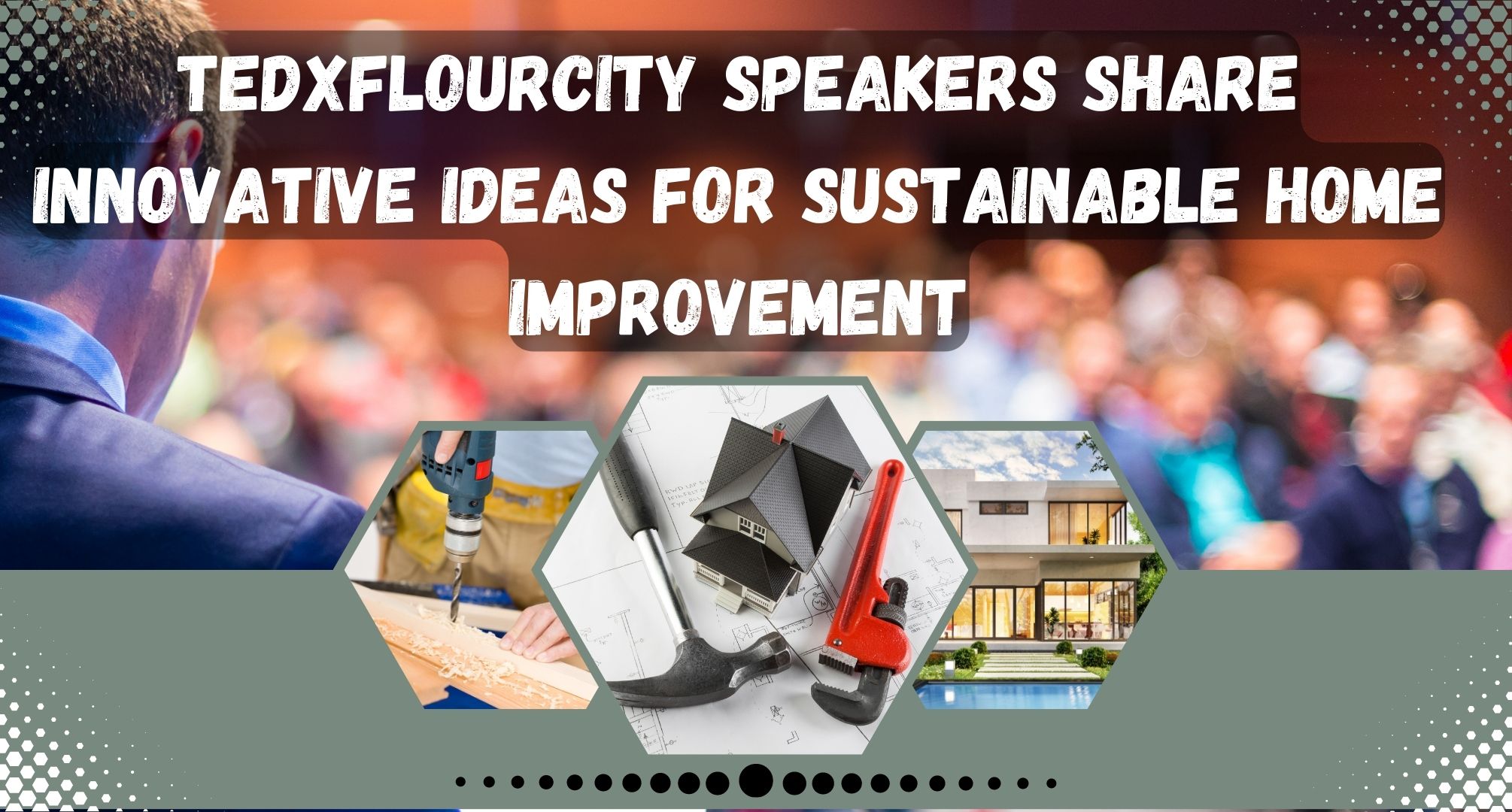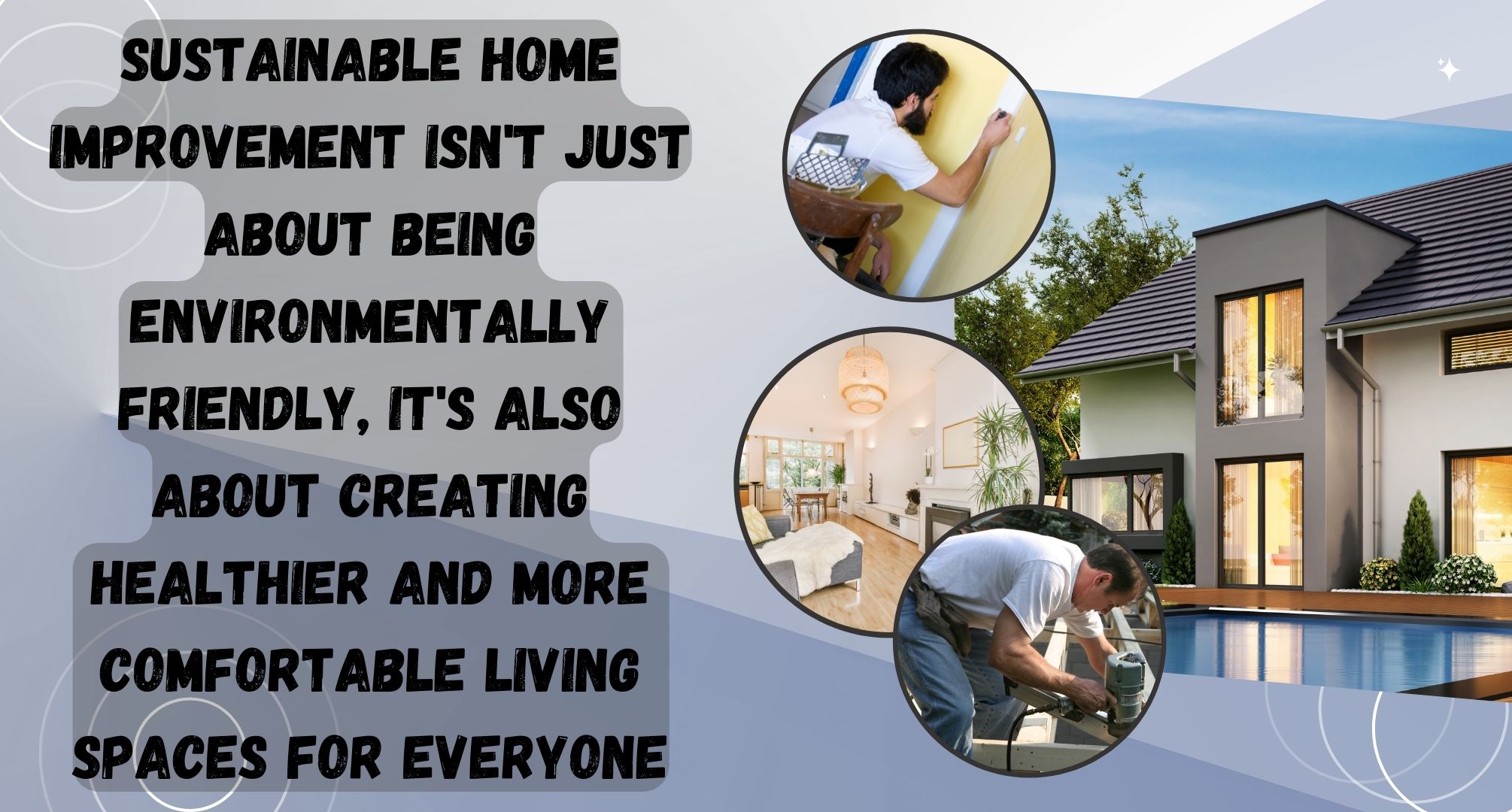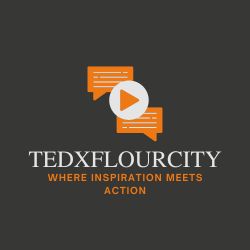Home renovation projects are a popular way for homeowners to boost the worth of their homes, better their quality of life, and increase the functioning of their living areas. Traditional home improvement techniques, however, are frequently linked to high expenditures and unfavorable environmental effects. Innovative strategies for environmentally friendly house remodeling are emerging in response to these difficulties. Several thought leaders and professionals gave their suggestions for environmentally friendly house improvements at TEDxFlourCity, giving both homeowners and contractors useful information.

Traditional Home Improvement’s Issues
Concrete, wood, and plastic are just a few examples of the non-renewable materials that are frequently used in traditional home repair techniques. Fossil fuels are frequently used to mine, process, and transport these commodities, which produces a large amount of greenhouse gas emissions. Additionally, the manufacture and disposal of these materials have the potential to produce significant pollution and waste. Traditional home improvement techniques are also frequently pricey and may not be an option for homeowners on a tight budget.

New Approaches to Sustainable Home Improvement
Fortunately, a number of cutting-edge strategies for environmentally friendly home repair are starting to emerge, providing more economical and cost-effective options to conventional techniques. The following are some of these remedies:
Construction and Renovation Materials Made from Recycled Materials
Resource conservation and waste reduction are both greatly improved by recycling materials. For instance, homeowners can use salvaged materials from existing buildings or construction sites in place of buying new materials for a repair job. This method not only minimizes waste but also protects the materials’ historic and cultural significance.
Installing Energy-Saving Fixtures and Appliances
Energy-saving fixtures and equipment, such LED lighting, smart thermostats, and low-flow toilets, can drastically lower the amount of energy and water used in houses. These items consume less water and energy than conventional fixtures and appliances, saving homeowners money while having a smaller negative impact on the environment.
Using Smart Home Technology to Reduce Energy Use
Homeowners may more efficiently monitor and manage their energy use with the aid of smart home equipment. Smart thermostats, for instance, may regulate the temperature based on occupancy and environmental factors, saving energy. Similar to this, smart lighting systems can turn off the lights in empty rooms to save money and energy.
Making use of Sustainable Landscaping Techniques
Homes’ ability to maintain their environmental sustainability can be significantly impacted by landscaping. Water usage and the requirement for fertilizers and pesticides can be decreased by adopting native plants and sustainable landscaping techniques like xeriscaping. Sustainable landscaping can also provide habitats for wildlife, boost the curb appeal of houses, and improve air quality.
Examples and Case Studies
At TEDxFlourCity, a number of speakers gave case studies and illustrations of sustainable home remodeling initiatives that had been successfully carried out. One speaker, for instance, described a project in which an ancient building was retrofitted with energy-efficient materials and appliances, resulting in significant financial savings and lessening of the property’s environmental effect. Another speaker talked about a project that reduced waste and preserved the cultural significance of the materials by building a new structure using recycled materials from a demolition site.
A number of speakers also covered the advantages of sustainable home improvement that go beyond financial and environmental benefits. Sustainable home improvements can also increase homeowners’ quality of life by creating more cozy and healthful living environments. For instance, utilizing natural materials like wood and stone can enhance indoor air quality and lower toxic exposure.
Building a more sustainable and equitable future requires sustainable home improvement. Several professionals and thought leaders presented their creative concepts and methods for environmentally friendly house improvement at TEDxFlourCity, giving homeowners, builders, and decision-makers insightful information. We can lessen our impact on the environment, save money, and create healthier and more comfortable living areas by putting these ideas and solutions into practice.
Sustainable home remodeling can help boost local economies and open up job opportunities. Utilizing sustainable and local products, for instance, can help local companies and lessen the carbon footprint associated with transportation. In a similar vein, upgrading buildings with energy-efficient materials and equipment can provide employment in the manufacturing and construction sectors.
However, putting into practice sustainable home renovation ideas necessitates cooperation and coordination among numerous stakeholders, including homeowners, contractors, legislators, and members of the community. Homeowners must be prepared to make investments in environmentally friendly home repair projects and utilize available tools, such tax breaks and rebates. Contractors must be capable of offering homeowners high-quality services and be informed about sustainable building methods and materials. Government officials must establish incentives and rules that promote environmentally friendly house improvement and guarantee everyone has access to affordable housing.
Creating community-led projects and promoting sustainable practices are important contributions made by community members to sustainable home renovation. Community-led home repair initiatives, for instance, can unite neighbors and small businesses to put forward sustainable solutions and foster a sense of pride and ownership among the locals.
